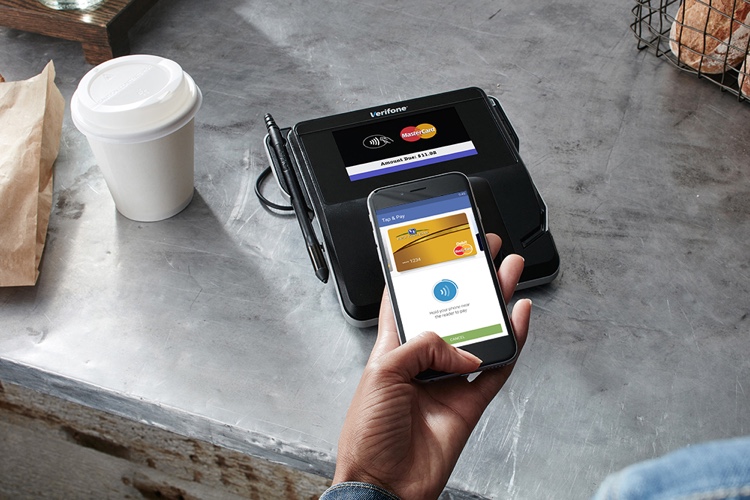
STORIES
Evolving Masterpass
one consumer at a time
AUGUST 2016 | BY KAREN PASCOE
There's a lot of enthusiasm around the projects we call Chameleon Web and Device, which is a complete redesign and replatform of Masterpass with a view to creating a better consumer experience. It is an experience that consumers can access in app, in store, and online.
Our research-led approach was about understanding how to make the Masterpass experience understandable to consumers, irrespective of the complexities of our Business-to-Business to Consumer business model. The result is what we refer to as "intelligent routing," in which we route the consumer to the appropriate issuer wallet using things that consumers already know: their email, phone, and credit card account number. Using that information, we match things on the back end to our database, so the routing process is seamless from a consumer's perspective.

The interesting thing about intelligent routing is that it wasn't the easiest thing to build. What we were replacing, the wallet selector, was easier for issuers to understand and less technically complex – but it was a source of significant consumer dropoff. So this is a real shift for Mastercard: having consumer insights and understanding driving design. On the Masterpass team, we obsess about it.
Everything we do takes a prototyping approach, so we mock up designs in a low fidelity format like wireframes. We then improve the designs based on consumer feedback. As our concepts become clearer, we increasingly use higher and higher fidelity ways of prototyping, such as color mockups, InVision and HTML. As we engage consumers for feedback, the broader cross-functional team has been an enthusiastic part of the process: product, platform management, and technology.

We are using agile methodologies for development, with the Scaled Agile Framework, or SAFe, that Mastercard will be rolling out across all of O&T. This means that design works with development in two-week sprints, continuously refining and adding new features into the mix. My team provides designs for over 20 scrum teams – which is the unit of development in agile, and is made up of 8-10 engineers.
As Chameleon rolls out, we are encouraged by all of the consumer feedback we've received. In the qualitative studies we've done with consumers, we take one consumer at a time through the experience and get a deep understanding of what works and what doesn't.
To date, we have had over 200 consumers in three markets participate in these studies – with their feedback rolled directly into design improvements. We've also done a quantitative study that looks at how the new design performs against the old with roughly 1,000 consumers. The results are striking, with 39% more participants successfully getting to the first intended action in the new design. The study also found there was 24% higher comprehension, 26% more likely to meet expectations, 50% higher understanding of who the service provider was (resolving confusion between the issuer and Masterpass) and a 16% higher sense of security. If these results are indicative of how the product will perform in the market, we can safely say that good design is good business.
